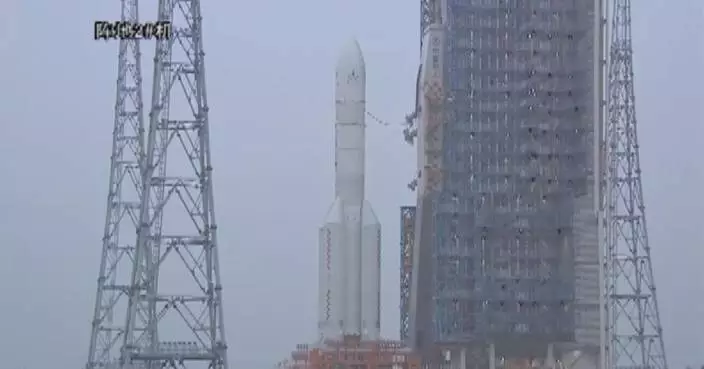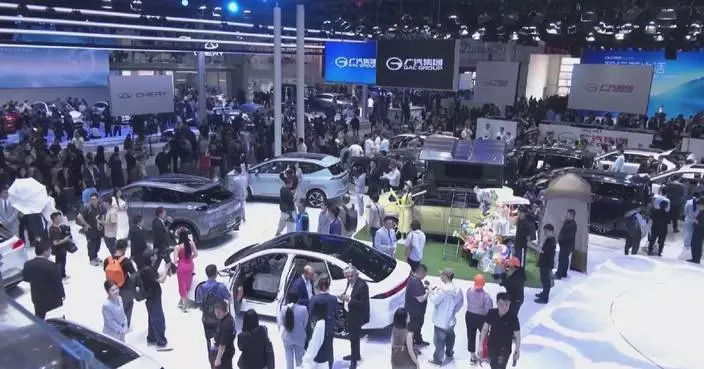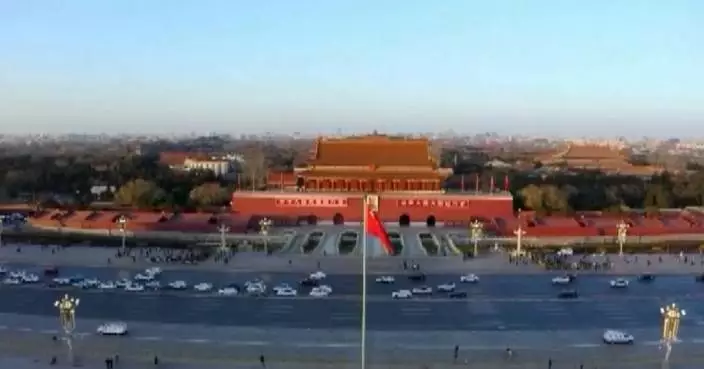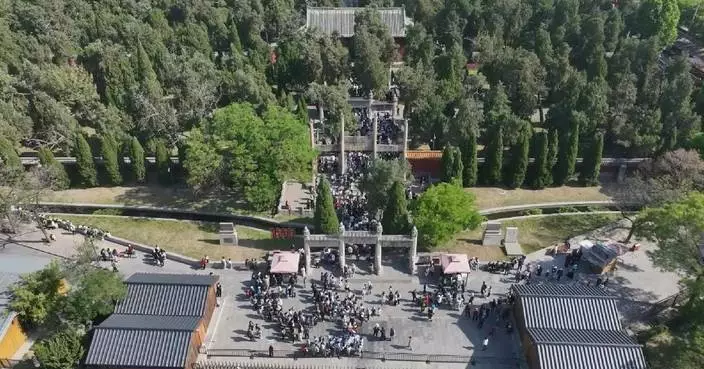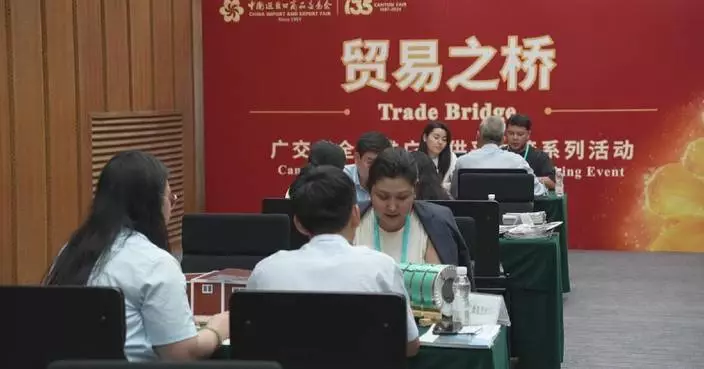China will issue a series of targeted, practical and effective measures to stabilize foreign trade as development opportunities and challenges are concurrent, the Ministry of Commerce said on Friday.
At a press conference, Vice Minister of Commerce Guo Tingting briefed the media on the outlook of China's foreign trade in the next phase, which features both opportunities and challenges.
She said that Chinese economy has maintained a steady recovery with foundations consolidated.
China's gross domestic product (GDP) grew 5.3 percent year on year in the first quarter of 2024, and the value-added industrial output, an important economic indicator, went up 6.1 percent year on year in the period, having laid a solid foundation for the country's stable fundamental of foreign trade.
Business expectations have continuously improved, and firms' confidence in the future of Chinese economy is on the rise, Guo said.
The purchasing managers' index (PMI) for China's manufacturing sector came in at 50.8 in March, bouncing back to the expansion zone.
A reading above 50 indicates expansion, while a reading below 50 reflects contraction.
According to a recent survey conducted by the ministry among over 20,000 exhibitors at the ongoing China Import and Export Fair, also known as the Canton Fair, 81.5 percent of the respondents reported an increase or stability in their orders, marking a 16.8-percentage-point increase from the previous session, Guo said.
She noted that key industries stage a steady recovery with stronger impetus for development, adding that after two years of downturn in the electronic information industry, trade of key products is gradually recovering.
In the first three months of this years, China's imports of integrated circuit saw a year-on-year increase of 14.3 percent, and exports of computer and parts registered a growth of 8.6 percent.
In terms of challenges, the growth of external demand is expected to be sluggish, Guo said.
The latest edition of World Trade Organization's (WTO) "Global Trade Outlook and Statistics" lowered the growth rate of world merchandise trade volume in 2024 to 2.6 percent, 0.7 percentage points lower than the forecast in October last year.
In addition, the risk of geopolitical conflicts is increasing, with trade protectionism on the rise, she said, adding that enterprises are facing more interference and difficulties in exploring the market.
"Currently, the Ministry of Commerce is working together with local governments and other departments to dwell and roll out a series of targeted, practical and effective measures to stabilize foreign trade, helping foreign trade enterprises strengthening dynamism and expore market. We have the confidence and capability to achieve the foreign trade goal set for this year by elevating quality and stablizing quantity, "said the vice minister.

China taps measures for qualitative, quantitative foreign trade growth: vice minister




